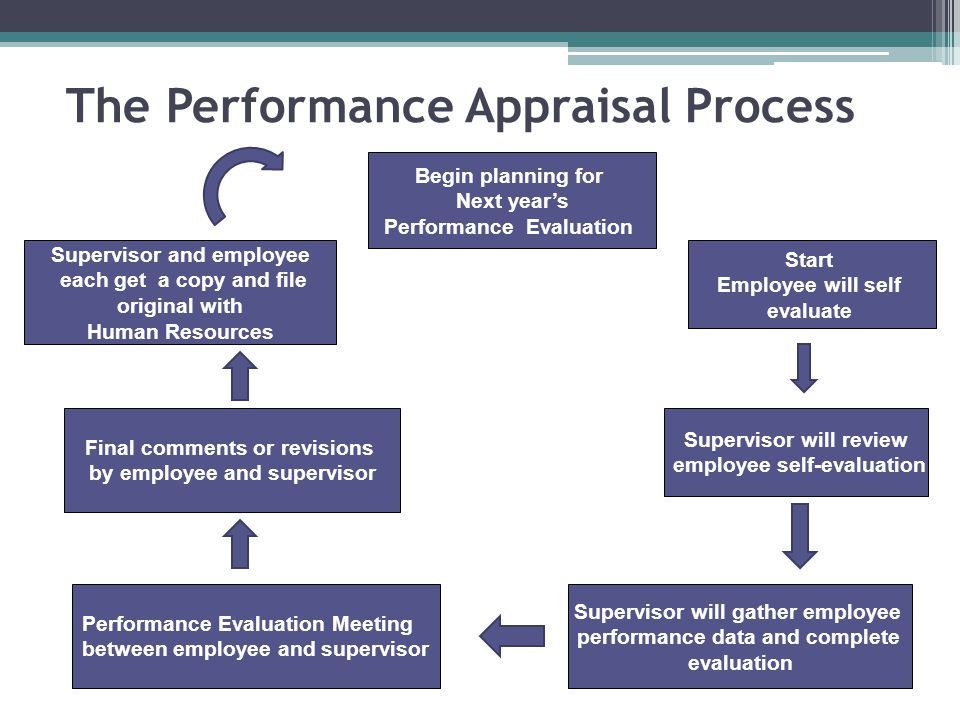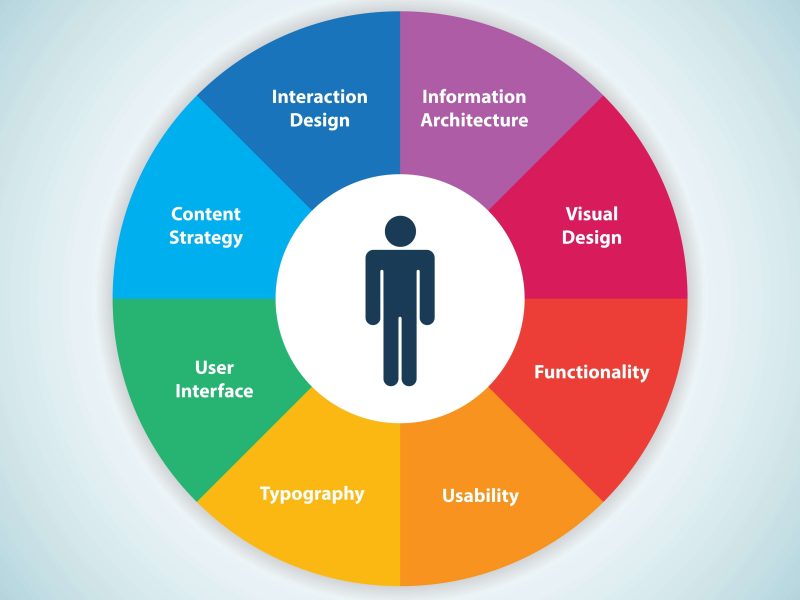Recruitment and hiring are critical stages in building a successful workforce. The process not only involves finding suitable candidates but also ensuring that the selected individuals align with the organization’s objectives and values. In this article, we will explore some best practices to implement for effective recruitment and hiring.
Creating an Effective Job Description
First impressions matter when it comes to attracting the right candidates. A well-crafted job description can help you articulate the specific skills, qualifications, and responsibilities required for the position. Use concise and clear language to provide a comprehensive overview of the role. Additionally, highlight your company culture and values to attract candidates who align with your organization.
Utilizing Multiple Channels for Promotion
Casting a wide net increases the likelihood of attracting a diverse pool of qualified candidates. Leverage a variety of channels to promote your job openings, including online job boards, social media platforms, industry-specific forums, and professional networks. This approach increases visibility and ensures your job postings reach a broader audience.
Screening and Shortlisting
Once applications start pouring in, it’s important to establish a structured screening process. Designate a screening team and create objective criteria to evaluate the applications. Shortlist candidates based on their qualifications, experience, and alignment with the job requirements. This stage helps you identify individuals who possess the necessary skills and potential to succeed in the role.
Conducting Effective Interviews
Interviews are an opportunity to delve deeper into candidates’ skills, experience, and cultural fit. Prepare a list of standardized questions that explore their competencies and behavioral patterns. Consider conducting multiple rounds of interviews, including technical assessments, to thoroughly assess candidates’ suitability. Ensure all interviewers are well-trained and follow a consistent evaluation process.
Checking References and Background
Before making a final decision, conduct thorough reference and background checks. Reach out to the provided references to gain insights into the candidate’s past performance, work ethics, and suitability for the role. Additionally, conduct background checks to verify educational qualifications, employment history, and any potential criminal records, if applicable. These checks provide valuable information and minimize the risk of a bad hire.
Considering Diversity and Inclusion
Embracing diversity and inclusion is crucial for building a strong and dynamic workforce. Ensure your recruitment process promotes equal opportunity and avoids bias. Review job descriptions and applications to remove any discriminatory language. Encourage diverse candidates to apply by actively highlighting your commitment to diversity. Additionally, consider establishing diversity targets and strategies to foster an inclusive culture.
Providing Timely Feedback
Proactive communication is essential throughout the recruitment process. Keep candidates informed about their application status and provide timely feedback after interviews. Constructive feedback helps candidates understand their strengths and weaknesses, even if they are not selected. Building positive candidate experiences creates a favorable impression of your organization and strengthens your employer brand.
Creating a Smooth Onboarding Process
The hiring process doesn’t end after extending an offer. Develop a comprehensive onboarding plan to welcome new hires and help them assimilate into their roles quickly. Assign a mentor or buddy to assist with their integration and provide necessary training opportunities. A well-structured onboarding process ensures new employees feel engaged, valued, and equipped to contribute to the organization’s success.
Conclusion
Implementing these recruitment and hiring best practices sets the foundation for attracting and selecting top talent for your organization. A strategic and well-executed process minimizes hiring risks, improves employee retention, and supports long-term business growth. By continuously evaluating and refining your practices, you can enhance your recruitment outcomes and build a high-performing team.


